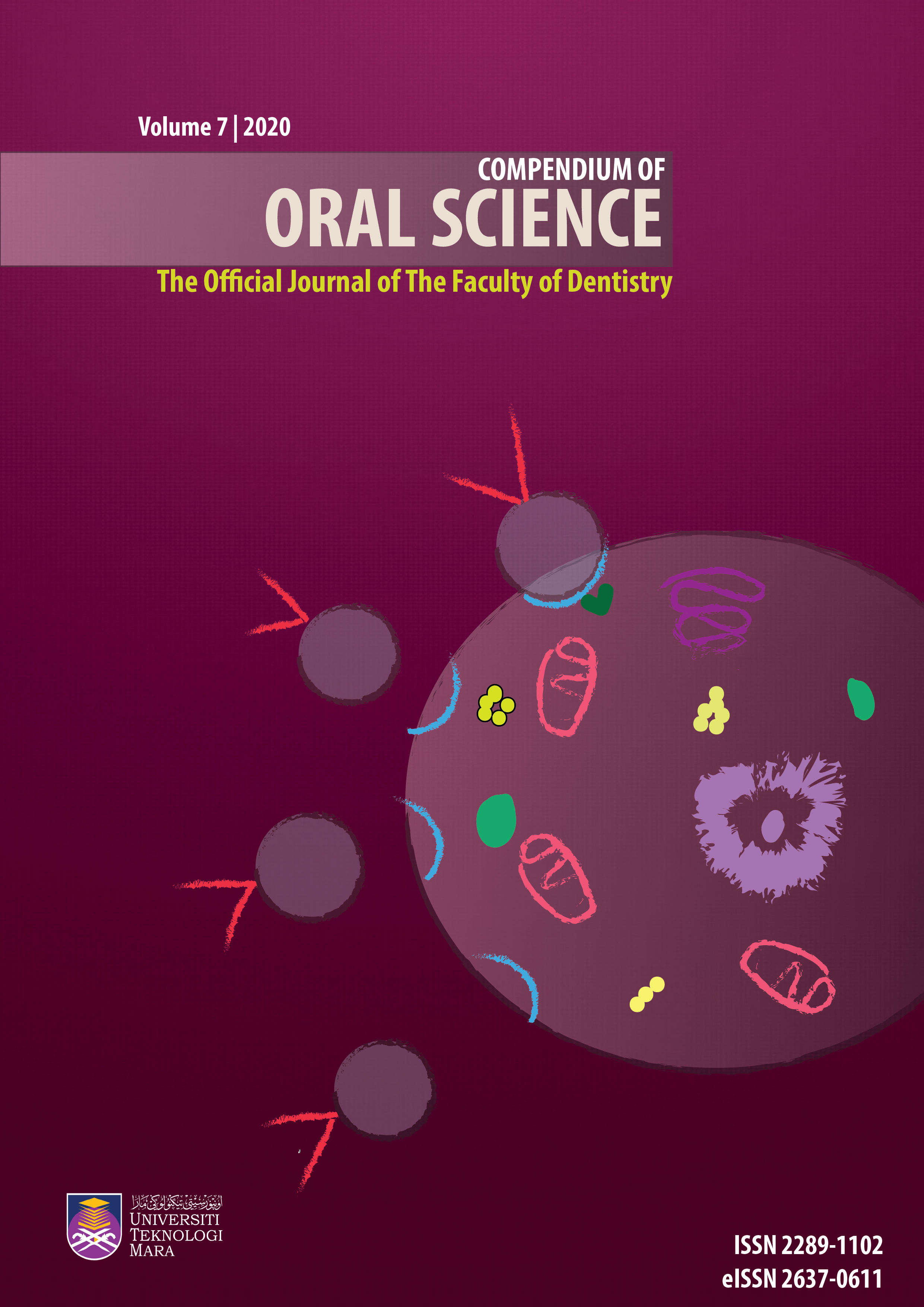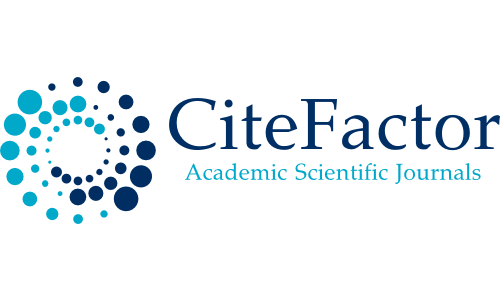Treatment Satisfaction and Its Influencing Factors Among Fixed Orthodontic Patients in UiTM
DOI:
https://doi.org/10.24191/cos.v7i0.17491Keywords:
treatment satisfaction, orthodontic treatment, Malaysia, questionnaireAbstract
Objectives: The aims of this study were to evaluate patient’s satisfaction regarding the orthodontic treatment provided by the Faculty of Dentistry Universiti Teknologi MARA (UiTM) and to determine the factors that affected their satisfaction level. Methods: A cross-sectional study was conducted among the patients treated with full fixed appliances in the faculty’s orthodontic clinic using a validated questionnaire. Results: The final sample consisted of 105 subjects (response rate 76%) which comprises of 26 males and 79 females were chose with 97% of the respondents are Malay. Most subjects had orthodontic treatment duration of more than 1.5 years (100%) and were still wearing fixed appliances (89%). Items included in the questionnaire: reasons for seeking orthodontic treatment, questions relevant to satisfaction with orthodontic treatment, doctor-patient relationship and pain experience during orthodontic treatment. Concerning the doctor patient relationship, 91% of the respondents were contented with their orthodontist. Respondents answered ‘Yes’ to the treatment plan explained prior to the procedure (91.4%), questions answered promptly (94.3%), gentleness of the orthodontist (91.4%) and dental assistant (88.6%), orthodontist honesty about treatment duration (90.5%) and cost (97.1%), and recommendation to others (90.5%). Conclusion: Generally, patients who had received orthodontic treatment from the orthodontic clinic in Faculty of Dentistry UiTM were satisfied with the overall treatment outcomes. However, there were still some aspects of the service that can be improved in the future in order to provide a better healthcare services specifically in orthodontic treatment.
Downloads
Published
How to Cite
Issue
Section
License
Copyright (c) 2024 Compendium of Oral Science

This work is licensed under a Creative Commons Attribution-NonCommercial 4.0 International License.
Materials contained in the journal may be reproduced for educational purposes provided that both the author(s) and the journal are appropriately recognised; otherwise duplication is not permitted. No articles, reports, or portions there of may be translated into other languages, published in books, journals, magazines, or any other print form without written permission from the authors and from the journal.
Disclaimer: The statements, opinions and data expressed in the articles and reports herein are those of the author(s) and not of the publisher and the editor(s). The publisher and the editor(s) disclaim responsibility for any injury to persons or property resulting from any schemes, methods, instructions or ideas referred to in the content.















